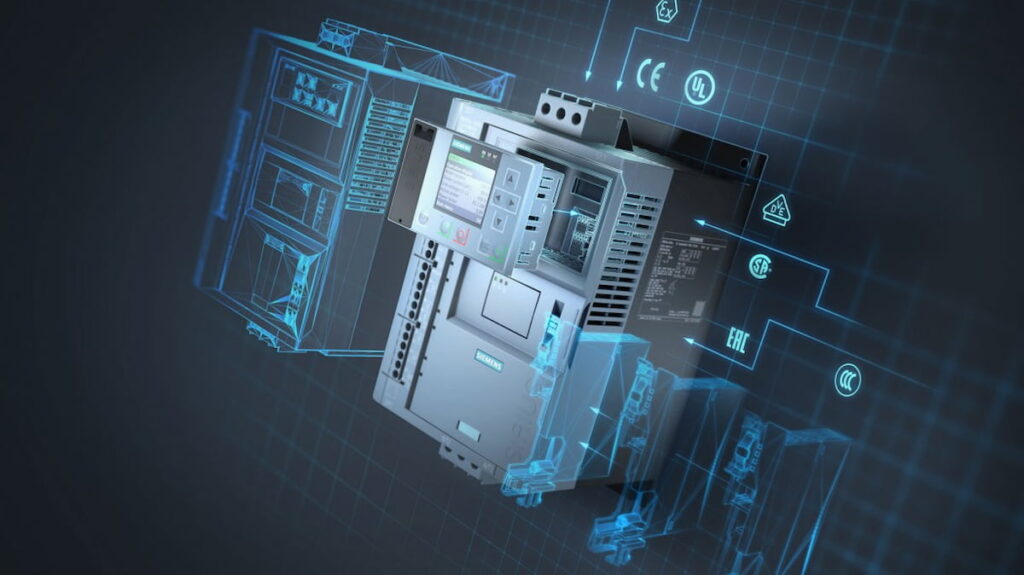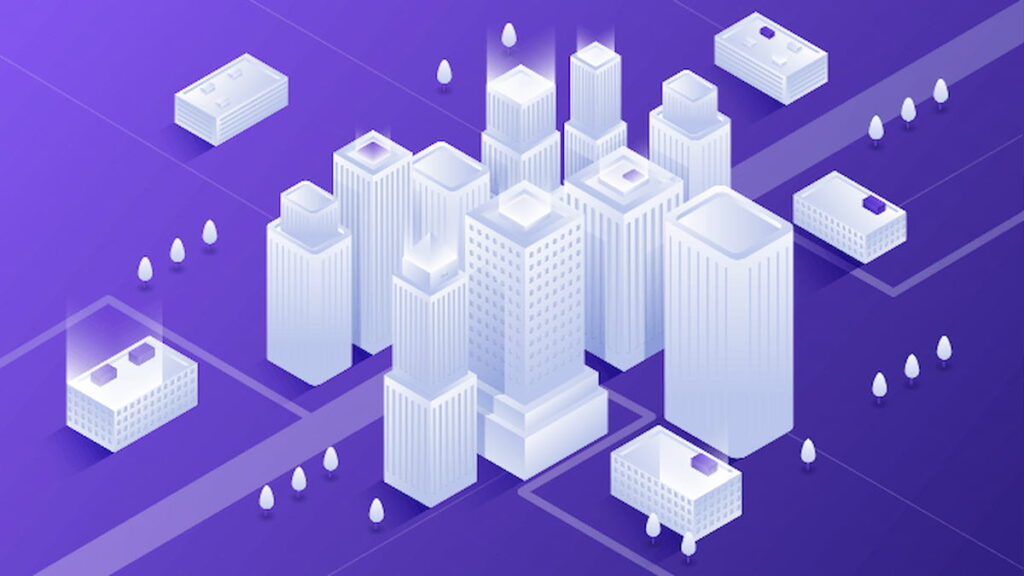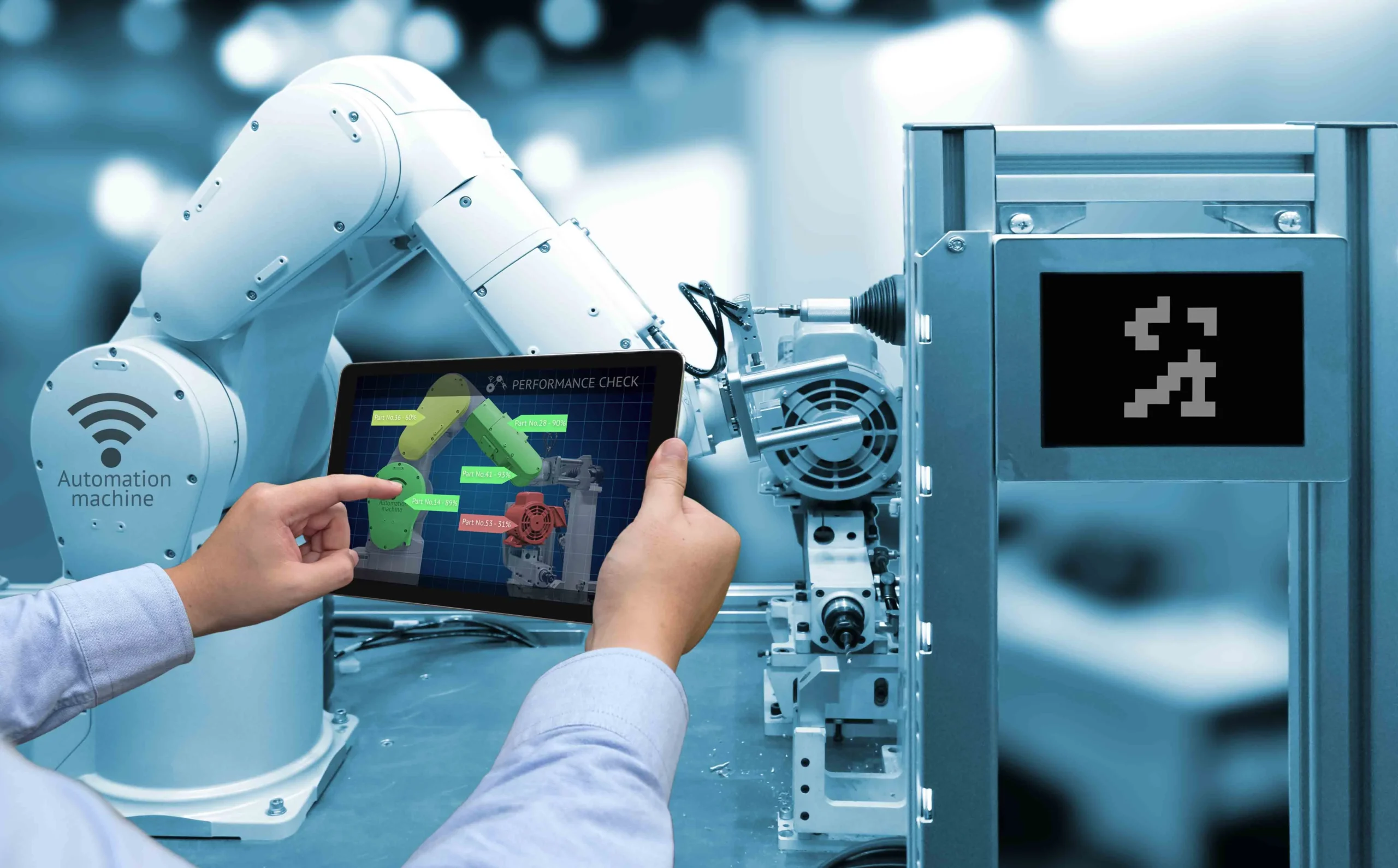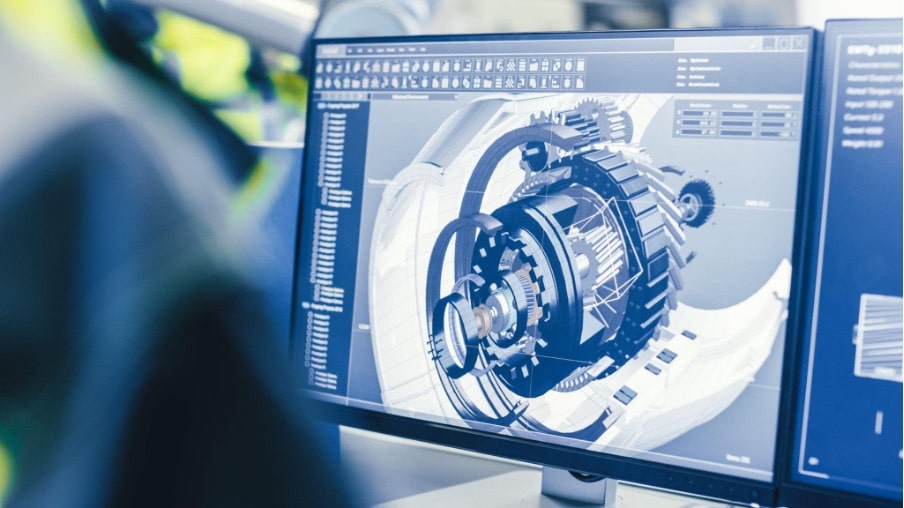How Digital Twins and IoT Work Together, with examples.
In the ever-evolving landscape of technology, two revolutionary concepts, Digital Twins and the Internet of Things (IoT), have been making waves across industries.
Understanding Digital Twins and IoT Digital Twins
: At its core, a Digital Twin is a virtual representation of a physical object or system. This virtual counterpart mimics the real-world entity in both structure and behavior, capturing real-time data and allowing for simulations and analysis. Digital Twins can exist for a variety of assets, ranging from simple devices to complex machinery and entire industrial processes.
Internet of Things (IoT): IoT refers to the vast network of interconnected physical devices, sensors, and other objects that collect and exchange data over the internet. These devices can range from household appliances and wearable gadgets to industrial machinery and smart city infrastructure. The IoT ecosystem enables seamless communication between devices and systems, providing a wealth of data for analysis and decision-making.
The Convergence of Digital Twins and IoT
The integration of Digital Twins and IoT brings a transformative edge to various sectors by augmenting their capabilities. Let’s delve into how they work together and the resulting benefits:
1. Real-Time Monitoring and Predictive Maintenance
IoT sensors deployed on physical assets collect data on various parameters, such as temperature, vibration, and usage patterns. This data is then fed into the Digital Twin, which uses advanced analytics and machine learning algorithms to predict potential failures and schedule proactive maintenance. This predictive approach helps optimize asset performance, reduce downtime, and extend the lifespan of critical equipment.
Example: In the manufacturing industry, a digital twin of a production line is fed with real-time data from IoT sensors installed on machinery. The digital twin continuously analyzes the data, allowing engineers to identify bottlenecks, optimize workflows, and predict maintenance needs, all in real-time.
You may be interested in: Digital Twin Applications for Real-Time Operations.
2. Simulation and Testing
Digital Twins enable organizations to test scenarios and simulate processes in a risk-free virtual environment. By incorporating IoT data into these simulations, organizations can gain a deeper understanding of how their assets perform under different conditions. This empowers businesses to make informed decisions, optimize processes, and improve product design.
Example: In the aerospace sector, an aircraft manufacturer creates a digital twin of a new aircraft design. IoT sensors on prototypes collect data during flight simulations, providing valuable insights into the aircraft’s behavior under different weather conditions and loads. Engineers can then fine-tune the design to enhance performance and safety.

3. Enhanced Data Analytics
IoT generates an enormous amount of data, often referred to as Big Data. Digital Twins act as a bridge between raw data and actionable insights. They process and analyze this vast dataset, providing a comprehensive view of asset performance and behavior. This detailed analysis enables organizations to make data-driven decisions and optimize operations.
Example: In a smart city project, IoT sensors deployed across the urban landscape collect data on traffic flow, air quality, waste management, and more. This data is integrated into a digital twin of the city, allowing city planners to analyze and optimize infrastructure and services, leading to better traffic management and resource allocation.
4. Remote Monitoring and Control
The combination of Digital Twins and IoT facilitates remote monitoring and control of assets and systems. With real-time data streaming from IoT devices to the digital twin, operators can remotely monitor asset health, diagnose issues, and even control certain operations from a central location.
Example: In the energy sector, digital twins of wind farms are linked to IoT sensors on individual turbines. Operators can monitor wind speeds, power output, and turbine health remotely, enabling them to optimize energy production and detect anomalies without physically inspecting each turbine.
Challenges and Considerations
While the integration of Digital Twins and IoT offers numerous advantages, it is essential to acknowledge and address some of the challenges associated with this synergy:
1. Data Security and Privacy
IoT devices can be vulnerable to cyberattacks, and the vast amount of data collected can be a potential target. Ensuring data security and privacy throughout the data flow from IoT devices to the Digital Twin is crucial to safeguard sensitive information.
2. Data Integration and Interoperability
Integrating data from diverse IoT devices into a cohesive Digital Twin can be complex, especially when dealing with heterogeneous systems. Ensuring interoperability and seamless data integration are essential for achieving meaningful insights.
3. Computational Complexity
Creating and maintaining Digital Twins can require significant computational power, especially for large-scale and real-time applications. Cloud computing and edge computing solutions may be necessary to handle the computational complexity effectively.
Real-World Applications
The integration of Digital Twins and IoT is revolutionizing various industries. Some notable real-world applications include: 1. Healthcare:
Health: Digital Twins of patients can be created, integrating data from wearable devices and medical sensors. Healthcare providers can monitor vital signs, predict health issues, and personalize treatment plans.
2. Agriculture: IoT sensors on crops and soil can be combined with digital twins of farmlands to optimize irrigation, monitor crop health, and maximize yield while minimizing resource usage.
3. Smart Buildings: Digital Twins of buildings can leverage IoT data from smart sensors to optimize energy usage, enhance security, and improve occupants’ comfort.

The symbiotic relationship between Digital Twins and IoT is reshaping industries and driving innovation across sectors. By combining real-time data from IoT devices with virtual replicas of physical assets, businesses gain unprecedented insights into operations, improve decision-making, and enhance overall efficiency. While challenges remain, the benefits of this integration are evident in numerous real-world applications, making Digital Twins and IoT a dynamic duo powering the future of connected technology.
JOIN THE NEW REALITY!



